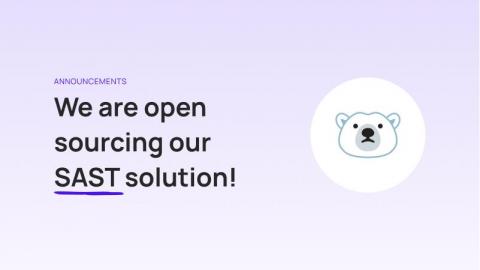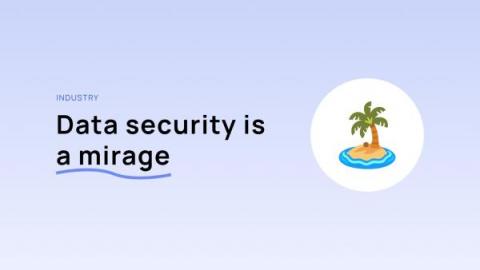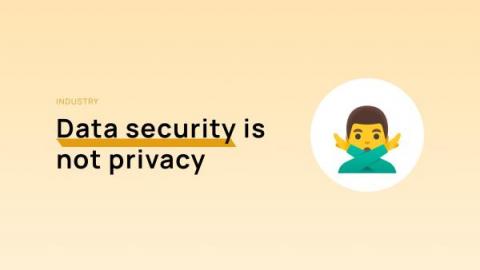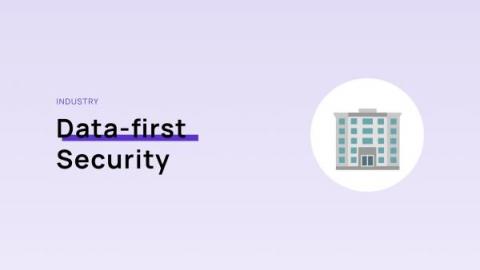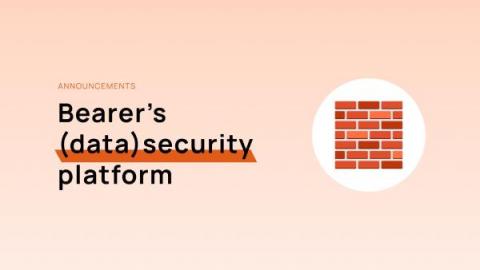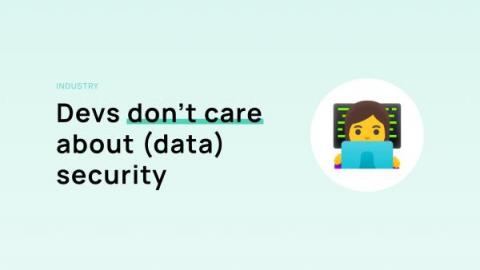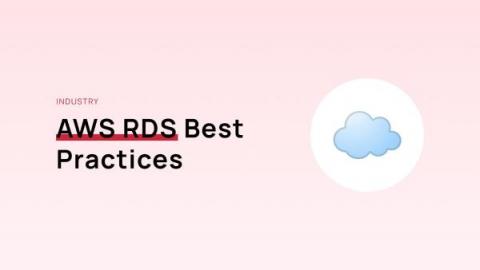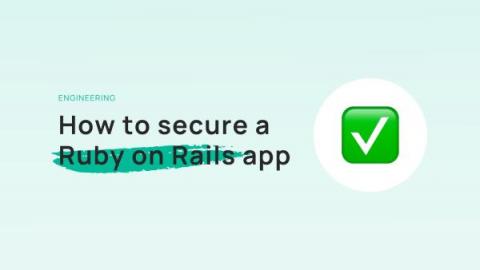We are open sourcing our SAST solution!
For the last two years, we’ve been quietly building a new kind of static application security testing (SAST) solution that allows security and engineering teams to assess, prioritize, and remediate security risks and vulnerabilities in their code by what matters most - sensitive data. Today, we are officially announcing its release as an Open Source project, Bearer.


